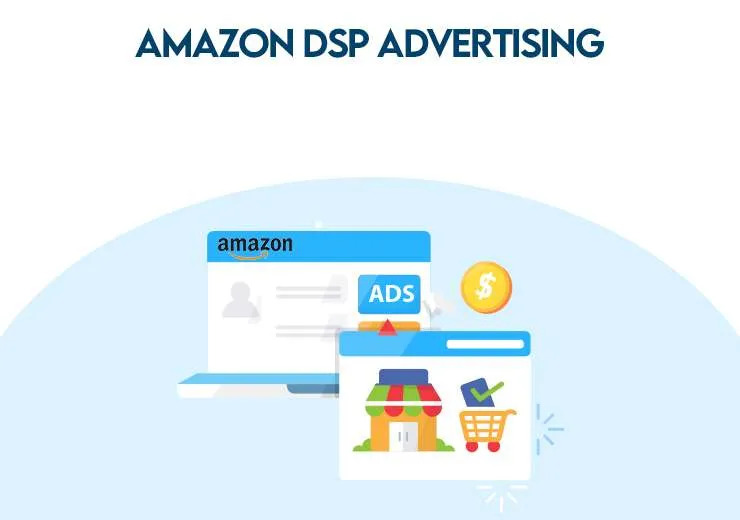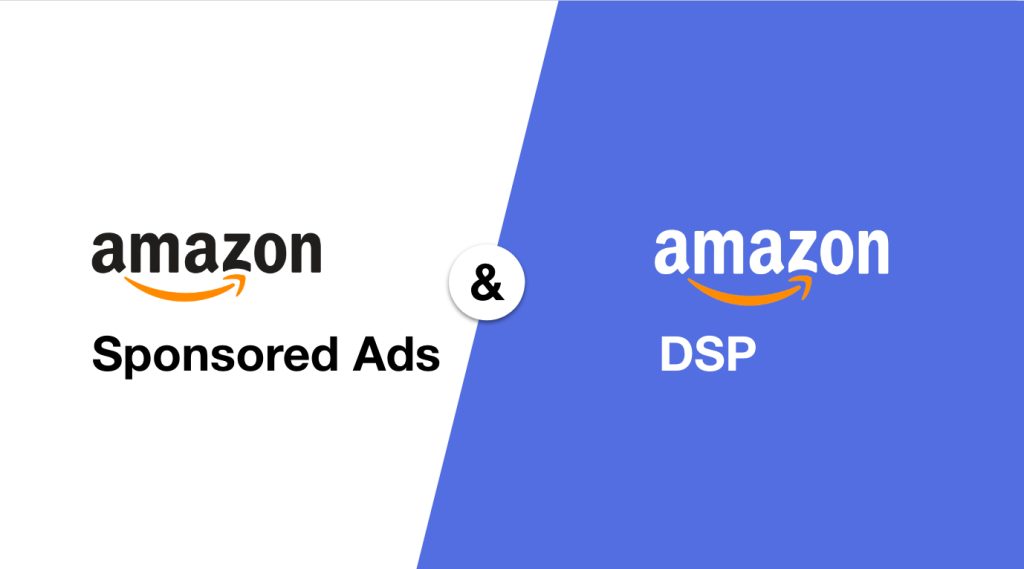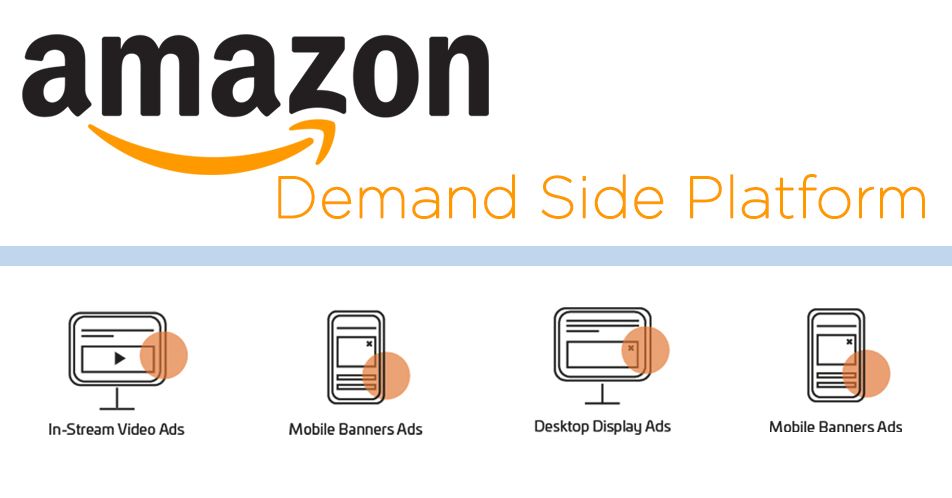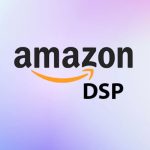
How to Use Audience Targeting in Amazon DSP Effectively
In the competitive landscape of digital advertising, understanding who your customers are is just as critical as knowing where they shop. Amazon’s Demand-Side Platform (DSP) allows brands to reach audiences across Amazon and beyond, leveraging its massive pool of first-party shopper data. When used effectively, Amazon DSP audience targeting can transform your ad strategy—driving awareness, boosting conversions, and expanding lifetime customer value.
This guide breaks down practical ways to use audience targeting in Amazon DSP for maximum impact, with tips for both seasoned advertisers and brands just starting to explore this powerful platform.

Understanding Amazon DSP Audience Targeting
Amazon DSP lets advertisers buy programmatic ads both on and off Amazon—including websites, mobile apps, and streaming services. Unlike Sponsored Ads, DSP focuses on who sees your message rather than what they’re searching for.
There are three main types of audiences you can target:
Amazon Audiences: Built from Amazon’s proprietary data on shopping, browsing, and streaming behaviors.
Your Own Audiences: Custom segments from CRM data, email lists, or website visitors.
Third-Party Audiences: Data sourced from external providers to complement Amazon’s data.
According to Amazon Ads, these segments help advertisers connect with potential customers at every stage of the buying funnel—from brand discovery to purchase and repurchase.
1. Build a Full-Funnel Strategy
The beauty of DSP lies in its ability to target users throughout the customer journey.
Awareness: Use Amazon’s in-market and lifestyle segments to reach new audiences likely to be interested in your products.
Consideration: Re-engage audiences who viewed product detail pages or similar items.
Conversion & Loyalty: Retarget cart abandoners or recent visitors with personalized offers.
Brands that layer these segments strategically can maintain visibility and reinforce messaging across the funnel. As Tinuiti notes, this approach ensures each impression works toward a cohesive customer journey rather than isolated touchpoints.
2. Leverage Amazon’s First-Party Data
Amazon’s first-party audience data is one of the richest datasets available, covering shopping habits, Prime Video viewing, and Alexa interactions.
You can use it to:
Target in-market shoppers who are currently browsing within your category.
Build lookalike segments that mirror your best customers.
Identify cross-category audiences (for instance, targeting “new parents” with baby products and related home items).
Unlike third-party cookies, this data remains highly accurate because it’s based on real purchase behavior. As AdExchanger points out, this gives brands a lasting advantage as other platforms phase out cookie tracking.
3. Combine DSP with Sponsored Ads for Amplified Results
Amazon DSP and Sponsored Ads complement each other beautifully when integrated into one strategy.
For example:
Run DSP display ads to introduce new customers to your brand off-Amazon.
Then, use Sponsored Products or Sponsored Brands to convert them once they search or browse within Amazon.
Finally, re-target with DSP to reinforce brand recall and encourage repeat purchases.
An Amazon Ads guide recommends coordinating DSP campaigns with Sponsored Ads to maintain message continuity, increase frequency, and enhance conversion efficiency.

4. Use Custom Audience Segmentation
Your own first-party data can be integrated into DSP to create custom audience segments. Upload CRM lists, pixel data from your website, or lookalike audiences from your email marketing platforms.
Here’s how to make it effective:
Segment your customer base by recency, frequency, and value (RFV).
Use creative personalization (e.g., distinct messages for loyal vs. lapsed customers).
Exclude recent buyers when promoting awareness campaigns to minimize wasted impressions.
DSP’s flexibility makes it possible to match your internal segmentation logic with Amazon’s behavioral signals for more refined targeting.
5. Optimize Creative and Frequency
Audience targeting is only as effective as the creative and delivery strategy behind it.
Match creative to audience intent: For awareness audiences, focus on storytelling and lifestyle imagery. For retargeting audiences, showcase product benefits or limited-time incentives.
Control ad frequency: Overexposure can reduce ROI. Test optimal impression caps using Amazon’s reporting tools.
Experiment with formats: Try video, display, and OTT (streaming) placements to diversify reach.
According to Skai, creative variety and relevance play a major role in improving click-through rates and conversion performance.
6. Measure, Refine, and Repeat
The power of Amazon DSP lies in its data transparency and reporting. You can track impressions, click-through rates, view-through conversions, and even offline impact through Amazon Marketing Cloud (AMC).
Use these insights to:
Identify high-performing segments and increase investment there.
Cut underperforming placements.
Compare performance between new-to-brand and returning shoppers.
For deeper visibility, Perpetua recommends integrating AMC and DSP analytics to understand true customer paths to conversion.
7. Bonus: Avoid Common Pitfalls
Even experienced advertisers can misstep with DSP. Watch out for these common issues:
Neglecting frequency capping—too many impressions can lead to ad fatigue.
Ignoring creative optimization—generic ads perform poorly, especially for returning audiences.
Focusing only on retargeting—limiting campaigns to cart abandoners ignores top-funnel potential.
Underutilizing data—DSP campaigns require continuous refinement using metrics and insights.

Final Thoughts
Amazon DSP is more than just a retargeting tool—it’s a sophisticated, full-funnel advertising ecosystem that enables precision targeting at scale. By using Amazon’s first-party data, layering audience segments, and integrating campaigns with Sponsored Ads, brands can reach shoppers in meaningful, measurable ways.
To master audience targeting in Amazon DSP, think like a strategist, not just a marketer. Define your goals, test intelligently, and optimize continuously. With the right combination of data, creativity, and structure, DSP can drive not only conversions—but lasting brand loyalty.













